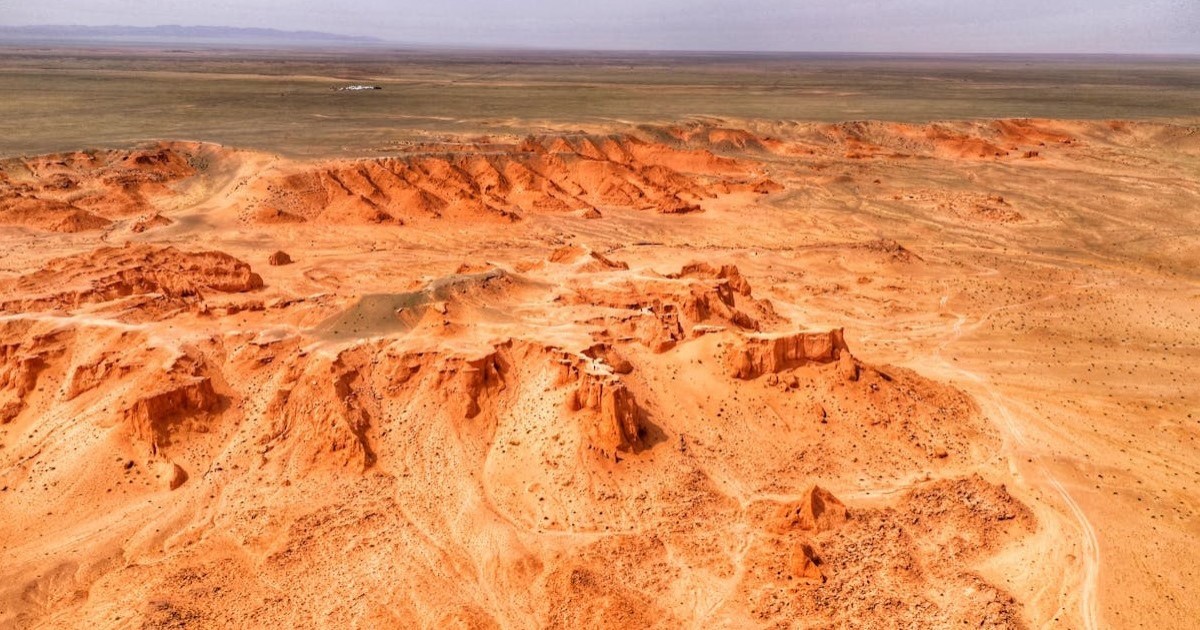- 3.4Impact Factor
- 6.7CiteScore
- 18 daysTime to First Decision
Land Degradation and Management Strategies: Contributing to Sustainable Agriculture
This special issue belongs to the section “Farming Sustainability“.
Special Issue Information
Dear Colleagues,
Land provides essential goods (e.g., food, feed, fuel) and services (e.g., carbon sequestration, soil conservation, climate regulation) for socio-ecological systems. However, one third of global ice-free land is degraded to varying degrees due to unsustainable land use, climate change, and extreme weather. Especially for agricultural land, 30% of cropland and 50% of grassland have experienced unprecedented degradation, such as soil erosion, salinization, pollution, productivity decline, and coverage reduction, becoming one of the major threats to food security, biodiversity conservation, economic development, social equity, and sustainable development goals. There is an urgent need to comprehensively analyze land degradation status, processes, causes, impacts, and adaptation strategies for land restoration and sustainable agricultural development. Thus, this Special Issue looks forward to receiving your original research articles and reviews focused on the following issues: (1) novel methods for assessing agricultural land-use-induced land degradation, (2) land degradation dynamics and their natural-anthropogenic driving mechanisms, (3) multidimensional impacts of land degradation and their trade-offs and synergies, and (4) sustainable agricultural management strategies for future challenges in soil and water conservation and eco-security.
Prof. Dr. Changhe Lü
Dr. Yaqun Liu
Guest Editors
Manuscript Submission Information
Manuscripts should be submitted online at www.mdpi.com by registering and logging in to this website. Once you are registered, click here to go to the submission form. Manuscripts can be submitted until the deadline. All submissions that pass pre-check are peer-reviewed. Accepted papers will be published continuously in the journal (as soon as accepted) and will be listed together on the special issue website. Research articles, review articles as well as short communications are invited. For planned papers, a title and short abstract (about 250 words) can be sent to the Editorial Office for assessment.
Submitted manuscripts should not have been published previously, nor be under consideration for publication elsewhere (except conference proceedings papers). All manuscripts are thoroughly refereed through a single-blind peer-review process. A guide for authors and other relevant information for submission of manuscripts is available on the Instructions for Authors page. Agronomy is an international peer-reviewed open access monthly journal published by MDPI.
Please visit the Instructions for Authors page before submitting a manuscript. The Article Processing Charge (APC) for publication in this open access journal is 2600 CHF (Swiss Francs). Submitted papers should be well formatted and use good English. Authors may use MDPI's English editing service prior to publication or during author revisions.
Keywords
- agricultural land degradation
- land use and cover change
- overgrazing and grassland degradation
- land productivity
- soil quality
- ecosystem services
- anthropogenic interference
- climate change
- food and ecological security
- sustainable land management

Benefits of Publishing in a Special Issue
- Ease of navigation: Grouping papers by topic helps scholars navigate broad scope journals more efficiently.
- Greater discoverability: Special Issues support the reach and impact of scientific research. Articles in Special Issues are more discoverable and cited more frequently.
- Expansion of research network: Special Issues facilitate connections among authors, fostering scientific collaborations.
- External promotion: Articles in Special Issues are often promoted through the journal's social media, increasing their visibility.
- e-Book format: Special Issues with more than 10 articles can be published as dedicated e-books, ensuring wide and rapid dissemination.

